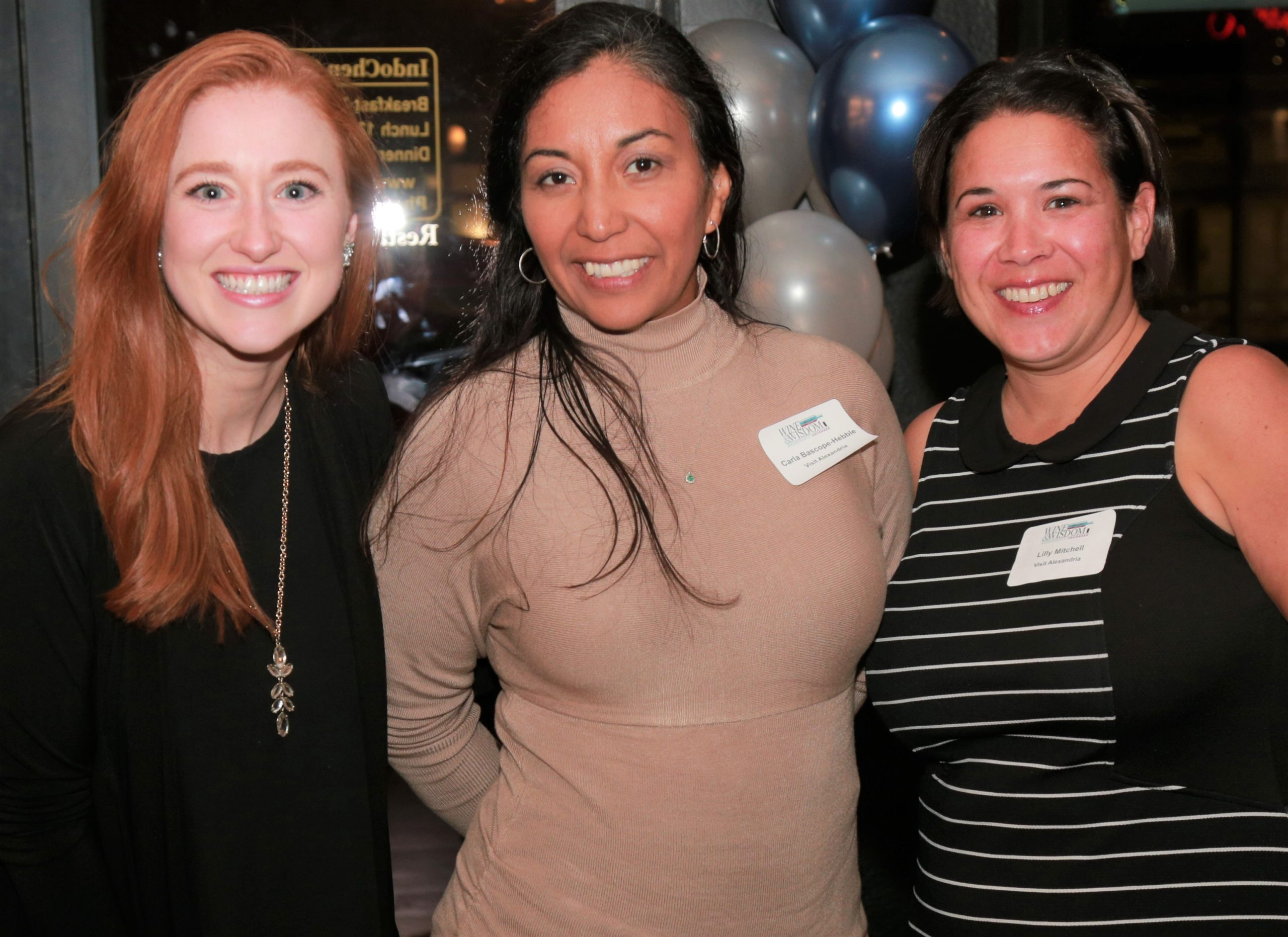Michelle Tillis Lederman is a CEO, speaker, author of four books and professional networking expert. But at Visit Alexandria’s recent Breakfast & Blossoms event at the National Press Club, Lederman explained why she’d rather be known as a sky-diving enthusiast, scuba diver and animal-cuddler. These are the identifiers that make her relatable, approachable and connectable, and Lederman is all about connections. Keep reading for Lederman’s tips on how meetings planners can foster event connections and spark bonds of their own.
-
Reimagine Networking
Ask an audience how they feel about networking, and even a room full of meeting planners responds with words such as “awkward,” “forced” and “intimidating.” Other reactions include visceral cringes and barely-suppressed winces. Yet the statistics show that networking is fundamental to professional development and career decisions. Networking is consistently listed as a top three reason for conference and meeting attendance, and it generates 85% of job hires. We depend on our networks to make decisions about where to spend our money and time, as 92% of us trust referrals.
Given its stigma, Lederman suggests three basic shifts around the concept of networking.
- Work to Fun: Break outside the “work” mindset, toward personal and gratifying relationship networking. “When we connect,” Lederman says, “That’s not work—that’s fun.”
- Short to Long-term: Instead of blitz meet-and-greets, nurture a sustaining web of long-term connections.
- Me to Us: Networking is a team sport, and everyone comes out on top. Once we recognize that everyone is a little self-conscious, we can approach others with openness and empathy.
Image Credit: M. Enriquez for Visit Alexandria
-
Revitalize Introductions
What would you post on your bio slide? How could that answer help you spice up speaker introductions? While accolades and accomplishments cement credibility, these markers fall short when it comes to relationship-building. When is the last time you sustained a quality conversation with someone about his or her job title? Before your event, ask speakers to share an unexpected fact, favorite photo or other personal elements. Broaden introductions to incorporate the playful and the personal, then remember to apply this principal as you present yourself to others.
To help attendees introduce themselves to one another, event planners can encourage self-expression at the outset. Maybe attendees are asked to wear a pin or article of clothing with a personal backstory or answer a fun question on their nametag (“Who’s your favorite musical artist?” “Are you an early bird or a night owl?”). Planners can also seat registrants based on their responses to specific questions, such as a favorite color, or gamify the experience by challenging those seated together to pinpoint their commonality.
-
Review the Anatomy of a Conversation
“When you don’t know where to start, start by being curious,” Lederman advises. Ask open-ended questions whose answers you truly want to know. For ideas, planners can print prompting questions on table cards. Some of Lederman’s favorite queries include, “What was the best part of your week?” “What are you excited to learn about here?” and, “What have you done for someone else recently that made you feel good?” These questions generate positive responses that kindle dialogue.
To extend the conversation, listen and probe to learn more; or, listen and share your own response. The goal is to establish a point of similarity—you’ll probably stumble upon several along the way. Finally, aim to close by creating a positive mood memory, the feeling associated with the conversation that will linger long after the dialogue itself fades. Circle back to an earlier point, thank them for their time, introduce them to someone else and/or share contact information such as your business cards (with a personal message on the back) and social media handles.
Image Credit: M. Enriquez for Visit Alexandria
-
Return and Add Value Post-Conversation
“I didn’t want to bother them.” “I don’t have time.” “I feel like I waited too long.” These are some of the most common reasons why attendees do not follow up on conference connections. It can be tempting to believe that a relationship is not worth pursuing if it does not seem directly beneficial professionally. However, Lederman reminds us that we never know exactly where or when results will appear. In the meantime, consider these three ways to add value to the relationship:
- Introductions: “Triangulate” a new acquaintance by introducing them to someone else.
- Invitations: Invite new contacts to events that might interest them, even if you can’t attend yourself.
- Information-sharing: Was the person you met looking for a new podcast, dentist or babysitter? Offer referrals, from plumbers to hotels, even if they aren’t work-related.
Real relationships produce real results. These are the connections that enrich our lives, both professionally and personally, and they can begin on the conference floor. For more tips on how to create connections at your events and network like a pro, visit Michelle Tillis Lederman’s website.
Insider Tip: Take Michelle’s advice and “do something you enjoy.” Plug into ALXNetworks or join your peers for some friendly conversation and good wine at our monthly Wine & Wisdom Wednesdays, uncorked.
Header Image Credit: M. Enriquez for Visit Alexandria









